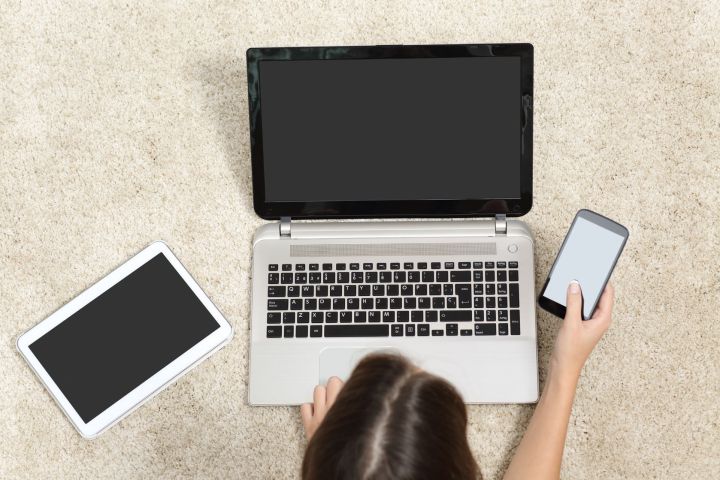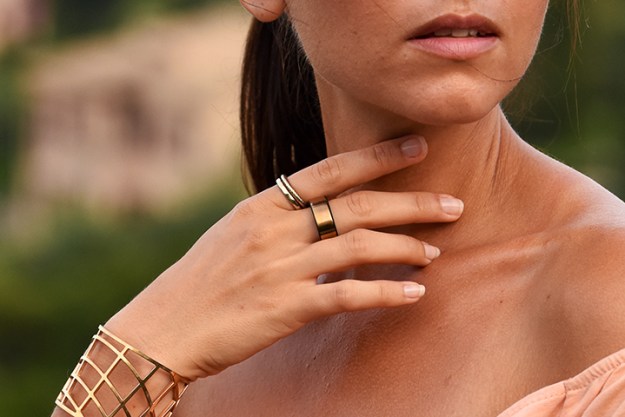
The National Eye CARE Survey was conducted by Harris Poll on behalf of Shire, a biopharmaceutical company that developed a treatment for dry eye disease. The survey polled consumers and professionals. The consumer group consisted of 1,210 U.S. adults with dry eye symptoms or diagnosed with chronic dry eye. The professional survey results included 1,015 U.S. optometrists and ophthalmologists.
Dry eye disease (DED) is “an inflammatory disease of the ocular surface that is often chronic and may be progressive. The disease is most commonly associated with dryness and overall eye discomfort, as well as stinging, burning, a gritty feeling or episodes of blurred vision.” according to Shire.
Traditionally dry eye disease has been most common among women over 50. The survey suggests there may no longer be a traditional dry eye patient and implicates digital electronics screens as a cause.
The consumers surveyed were less likely to attribute their symptoms to aging, lack of sleep, the use of contact lenses, or environmental factors than to screen time. More than half (53 percent) believed looking at computers, television, smartphones, tablets, ebook readers, and video games were the primary cause of their symptoms. Most consumers surveyed (79 percent) said they were more aware of “feeling their eyes” after viewing a screen.
The professionals in the survey were even more convinced than the consumers. Most (87 percent) said there is not longer a typical dry eye patient and 76 percent reported more patients in the 18- to 34-age range than 10 years previously. Almost all of the surveyed optometrists and ophthalmologists (92 percent) said the use of technology contributes to dry eye symptoms and 89 percent said dry eye disease is increasingly common because of our multi-screen lifestyles.
Ophthalmologist Marguerite McDonald summarized the survey findings: “Survey results highlight the expanding patient demographics that many eye care professionals have been observing in their practices. While age and female gender continue to be significant risk factors for dry eye disease, most ECPs [eye care professionals] believe that the rise of our multi-screen lifestyle has led to a noticeable shift, with more young adults presenting with dry eye symptoms than in years past. Importantly, the results also suggest that women over the age of 50, who are already known to be at increased risk for dry eye, may also be more at risk today due to our modern lifestyle. In today’s world, adults of various ages need to know what symptoms to look for and talk to an ECP right away if they notice these changes in their eyes.”



